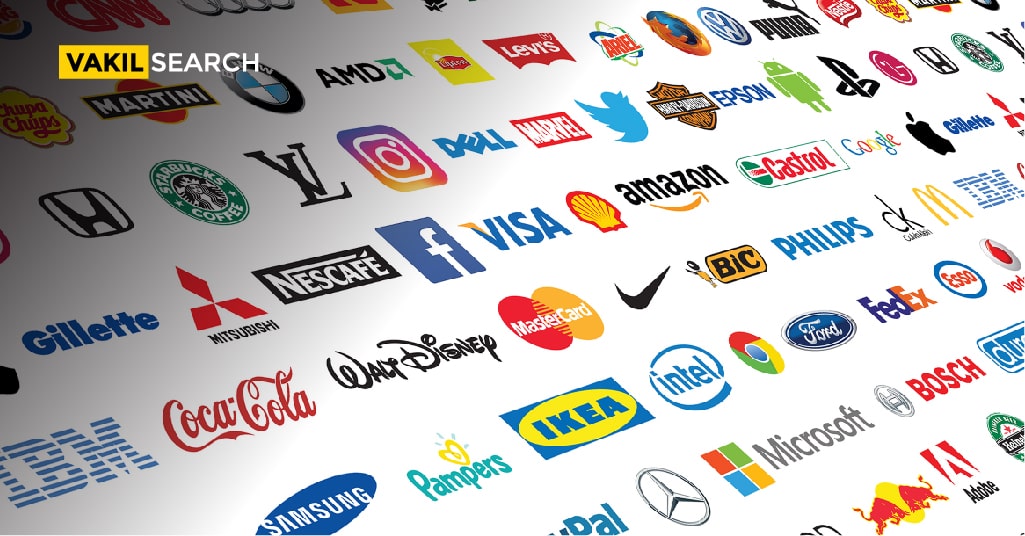In this article, we will look at the differences between a wordmark, a logo mark, and a logo composite mark. We will also define the fundamental distinction between a logo and a trademark.
| Many trademarks combine the logo and the brand, i.e. the logo contains the brand name, which is known as a composite mark, as in the case of Coca-Cola and BMW, Levis. Levis has a more elaborate logo composite mark, which includes the placement of its labels on the jeans. |
To establish a strong brand presence, all business firms must safeguard their brand identity. A brand is the identity of your company; it is any visible expression of how your audience interacts with your products and services.
Most Entrepreneurs are bewildered about how to protect their trademarks and hence opt to overlook the importance of acquiring brand protection, i.e. registering a trademark. On the flip side, however, obtaining a trademark for your brand helps to preserve its integrity while keeping competitors at bay.
A trademark can be obtained for a word, logo, sound, graphical representation, colour combination, or even fragrance. From the colour of the packaging (Cadbury’s) to the location of the composite label on jeans (Levi’s), popular companies have managed to trademark anything and everything.
However, only extremely successful brands typically trademark anything other than their brand name, logo, or composite logo design.
Let us now discuss the difference between a wordmark, logo mark, and composite logo mark.
Wordmark
The wordmark, the most basic of the three, relates to the brand name. So, if a company, such as Reliance, Hero Motors, or Parle, has merely trademarked their official name, it is referred to as a wordmark. As such, the majority of startups will simply register their brand name within their industry (a toy manufacturer would only file a trademark under Class 28). The Business Best Logo Designs are more efficient when you get it from the expert designer.
This means that even if there is already an existing business operating under the same name as the toy manufacturer but in another sector, the trademark would still be approved unless the other business can demonstrate that its customers are perplexed about who owns the toy manufacturer’s brand.
If the existing business, however, is a very large brand (for e.g., McDonald’s), there’s no chance the wordmark would be approved even if the application is restricted to an industry that McDonald’s is not into.
Logo Mark
If you have created a distinctive, eye-catching logo and want your clients to recognize you by it, you should file a trademark application for that logo. Many successful brands are known for their logos, which consumers can quickly identify with.
For instance, Nike, Mercedes, Apple, and so forth. Because these companies utilise their logos extensively on their products, in marketing and advertising, and in all other dealings with customers, they have chosen to have them trademarked. If you look closely, you’ll note that none of the three brands mentioned above has any mention of their brand name on their logos.
Logo Composite Mark
A logo composite mark includes the brand’s name in the logo. It’s a mash-up of the brand’s logo and the brand name. BMW and Coca-Cola are two prominent examples. Levi’s has a complex logo composite mark that incorporates the placement of its label at the back of its pants. The necessary Trademark Types are enlisted in our Other Blogs.
Startups, on the other hand, typically submit a logo composite mark only after discovering that their brand has already been trademarked by another business or is too similar to a registered brand name. While the register may protest, these petitions are frequently approved on the grounds that they are being represented by a separate mark.
However, it is generally a bad idea to adopt a brand name that isn’t fully unique, as complications may occur if your brand competes with an already registered brand name.
Read more:-
- What Are the 5 Types of Logos?
- How Can I Register My Logo in India?
- Do Logos Need to Be Trademarked in US?










